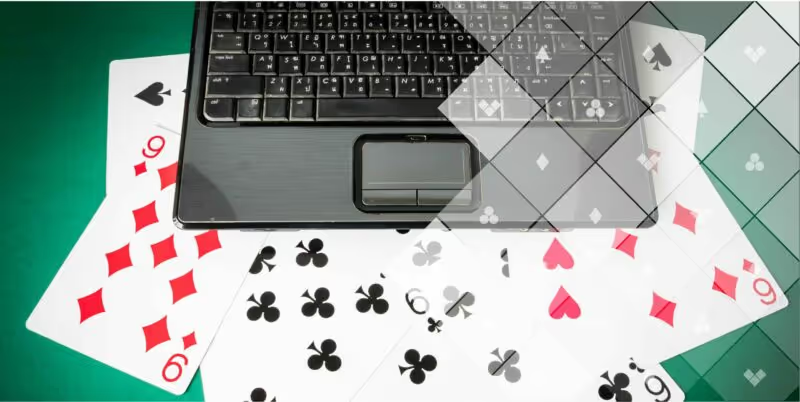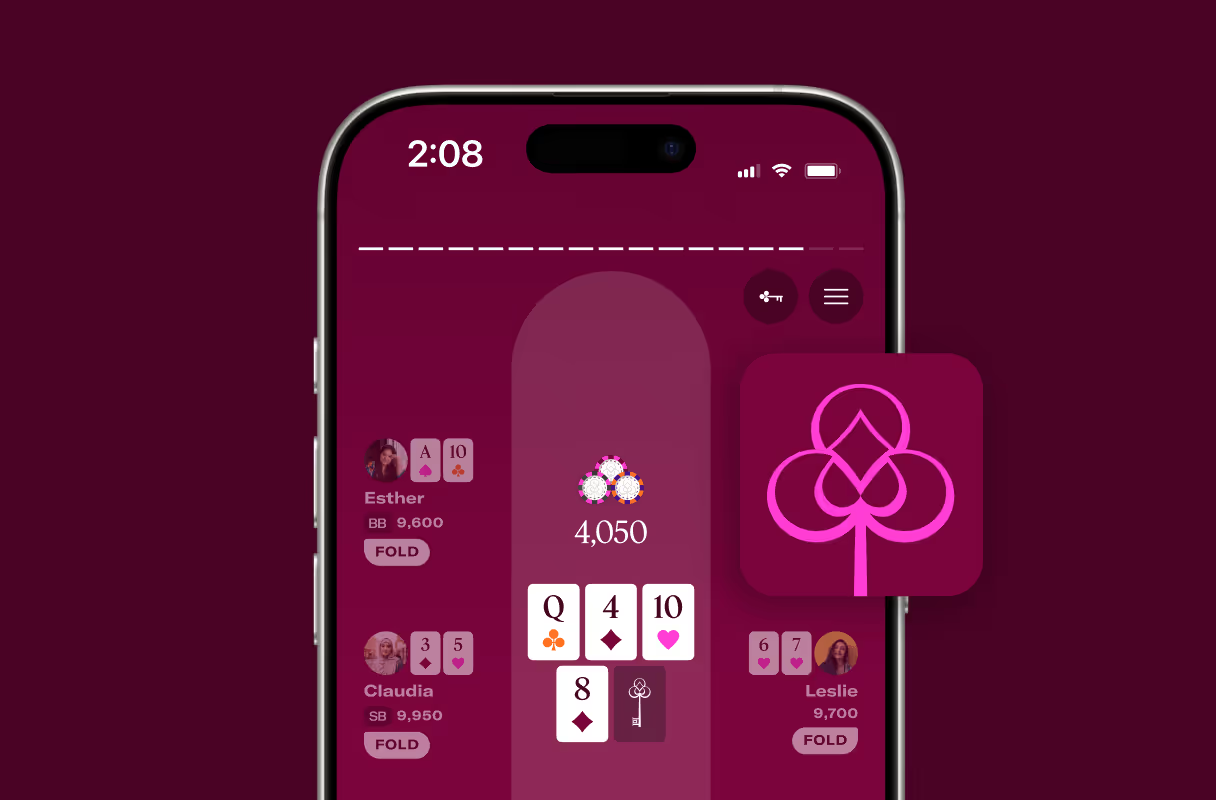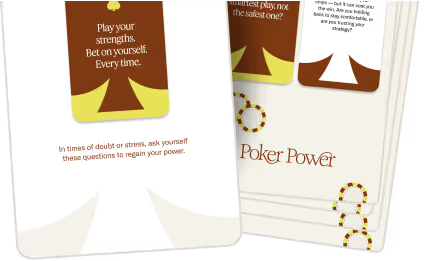As the plexiglass comes down at Vegas poker tables, a feeling of normalcy is returning to live poker. High-risk holdouts finally feel safe enough to return and many new players are stepping into a cardroom for the first time. But should you?
Poker takes two forms, virtual and physical. While the rules of online and live poker are the same, the game types attract players of different personalities, preferences, and abilities. Here are the key differences between online and in-person poker.
Level of competition
In two games of equivalent stakes, one live and one online, the online game will usually be more challenging. This is because online poker uses a global player pool, and many of the recreational players who play for the atmosphere and sociality will gravitate towards in-person games.
Instant dealing, snappier players and programmed time limits mean that online poker players play about 3-4 times as many hands per hour, further compounding an advantage. And that’s not factoring in players who play multiple online tables at once. Computer assistance also gives users statistics on their opponents in real time, bolstering the win rates of analytically-minded players.
Personality of the players
Broadly speaking, online players are younger, more studious, and introverted. The anonymity and non-confrontational nature of online poker appeals to many regulars. By contrast, live poker players tend to be gregarious, worldly, and have a high EQ.
The most compatible personality types for online players are INTP, INTJ, ISTJ. People with these personalities tend to be strategic, calculated, practical, and feel energized by learning and improving. In the fast-paced, rigorous environment of online poker, cool-headed introverts reign supreme.
For live poker, ENTP, ENTJ and ESTP players achieve the most success and happiness from the game. These personality types are curious, ambitious and perceptive. Adept at making reads and adjusting their game to counter the frequently unbalanced playstyles of their tablemates.
Other personality types can go either way. Many players enjoy both formats, for this reason we recommend you try playing both online and in person. But if you want to commit to one area, consider what is fun for you: mastering poker theory (online), or mastering your reads (live).
Atmosphere of the game
Online poker comes at you fast: a given hour of play will be chock full of big hands and tough decisions. Some people find this hectic and overwhelming, but others find comfort in the fact that a whole night’s result doesn’t come down to a handful of pots.
While there are a few ways to glean information off your opponents online (bet size or timing tells,) live poker is where most of the people-reading comes into play. Because of this, the workspace of online poker is more comfortable. Nobody will stare you down during a big bluff and you can play anywhere there’s internet, from your bedroom to the beach.
However, at a live poker table you’re more likely to meet new interesting people. Online poker players will make a few study buddies to bounce ideas off of, but generally aren’t socializing while they play. Additionally, the live poker amenities of tableside food, massages, and televised sports can boost the enjoyment of any game.
Where women play
Women represent nearly a third of all online poker screen names, but fill fewer than 10% of seats in person. Sadly, this may be due to the treatment they sometimes get in a room full of men.
We’re changing the game by giving women an environment where they can play and learn poker with one another! Poker Power provides clubs and classes to women of all ages, abilities, and backgrounds. Join us to grow your poker skills no matter where you play. Sign up for lessons and learn more about the power of poker.





